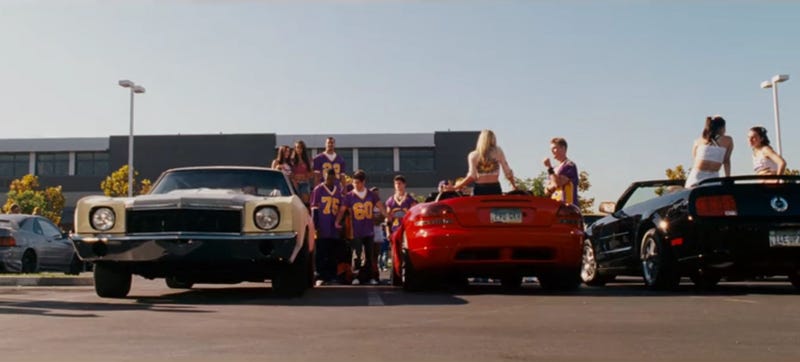Instead of the paranoid “looking for something that’s not there” mentality so many seem to perpetuate, why not make a game of it. Something that’ll keep you alert, aid in cognitive function, and increase intangibles like detail-attention, memory, and engagement with the actual world around you?
Instead of terminology and searches that increase anxiety or paranoia, I utilize terms that lighten my cognitive load and push the “play” aspect of my focus (singular) or attention (can be split). As well, most of these I pay attention to naturally due to my own preferences and self-comforts and try to find daily reasons for apart from the rare and paranoid chance I’ll end up in a physical conflict. For example:

- Space. Generally it’s something I’m already coherent of due to the fact I’m Canadian and spatial-distancing is quite different here. With the previous-base and the pertinent adjustment, it’s something that comes naturally to me and likely anyone who’s ever lived in a foreign culture where proxemics are drastically different.
- Hands. Instead of adding to the paranoia, note the hand position with reference to greetings, handshakes, hugs, and visual-communication methods. That way, I can either rapidly pick-up on any social graces that I may miss out on as an expat, or dictate them myself in-advance if I’m uncomfortable, behind-schedule, or not wanting personal interaction with someone.
- Engagement. The chance or inevitability of having to interact with other people. Also something that’s natural to me, personally, as I’m not particularly outgoing or open so I generally (outside of kind greeting, projecting friendliness, and acknowledgement) try and make personal interaction a brief thing. I’m also sometimes taxed or conscious of my Spanish-language skills when speed, slang, and coherence are an issue….like on the street, early in the morning when people are frenetically on their way to work, or preoccupied with the necessities of their day.
- Surface. What’s most comfortable on your feet, factoring in the shoes you wear, and restrictiveness of lower-body clothing you have on? Cement, asphalt, concrete are all sometimes hard on my knees and back when wearing dress-shoes, far moreso than grass, sand, or carpet.
- Accessibility. As space is generally more enclosed and claustrophobic (at least for a Canuck from the Prairies used to wide-open spaces) here, I want to know (whether on-foot or by-car) that I have rapid-departure capability without the heavy traffic and poor-driving culture that usually permeates my day.
- Movement impediments. Unlike surface, which is horizontal, considering this the vertical equivalent.

I DO NOT, as with the above, make this a conscious safety-issue as much as a daily-efficiency one…the safety element usually becomes a subtle byproduct of the rest. If you train your brain into noticing details for brain-engagement (as stated above – memory, detail-attention, social-engagement, focus, brain-function), there are far more benefits than the paranoiac ones fed to you so often hyperbolically that drain, exhaust, and fear-monger. That being said, all these can be reversed or manipulated when/if needed for purpose other than the daily variety. It acts as a sort of “combat-mnemonic” to set the brain non-stressfully for a time when that stress hits and it’s been subtly-conditioned to act without all the wear-and-tear. By then you’ve wired your brain to notice general things that aid you in the smoothness of your day….and clearly able to see important things that do stand out when necessary and should they be of value – instead of the perpetual stress-result we gain by being “jacked” all day….looking for the needle in the proverbial haystack instead of the elephant in the room.
